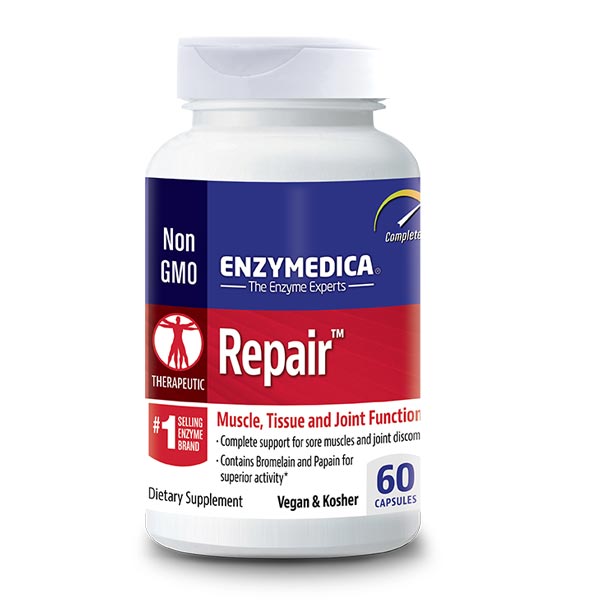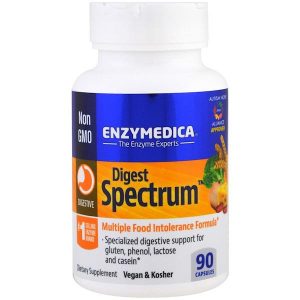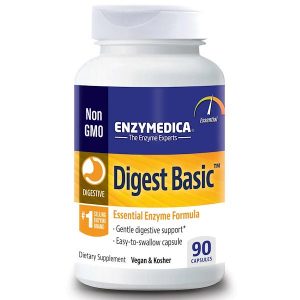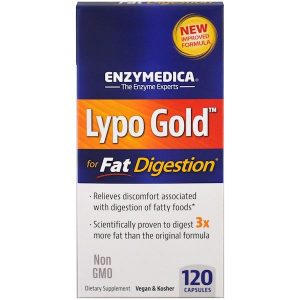Description
Suggested Use: 2 capsules, 2 to 3 times daily,
at least 30 minutes before or 2 hours after a meal.
Repair™ with proteolytic enzymes may be taken before and after strenuous exercise to speed recovery. More may be taken as needed.
Protease Supplement with High Potency Proteolytic Enzymes
This product contains the highest amount of proteolytic enzymes that have exhibited qualities that reduce discomfort, speed recovery, and increase circulation.
Capillary Blood Flow – These small blood vessels are responsible for carrying oxygen and nutrients to the cells and removing waste. After an injury some of these capillaries may be damaged, making them incapable of carrying fluid to and from the damaged tissue. The result is pain, swelling, redness, heat and loss of function. By repairing the capillaries, the bruises, swelling and pain disappear.
Proteolytic enzymes (enzymes that have the ability to break down protein) have been shown to reduce the amount of fibrin in the damaged capillary, improve circulation and speed recovery. Once in the blood stream proteolytic enzymes hydrolyze (digest) the fibrin network and enhance blood flow. Additionally, these same proteases have been known to stimulate phagocytes (cells that ingest foreign particles and debris) and accelerate elimination by way of the lymphatic system.
In a recent study, runners were given protease supplements or a placebo four times a day for three days. This consisted of 24 hours before and 48 hours after running. The participants were evaluated for mood, muscle soreness and pain threshold 24 and 48 hours after running 30 minutes at about 7 miles per hour.
The result was a decrease in soreness, improved pain threshold and no mood change with those taking the proteolytic enzymes supplements over the group who took the placebo. This is not new.
According to some sports medicine reports, there is scarcely a top athlete in Germany who is not familiar with enzyme therapy. Additionally, in Australia, athletes are provided with enzyme capsules as a precaution to aid in rapid recovery after injury. Dr. Sumi found that the sticky part of natto, commonly called “threads”, exhibited a strong fibrinolytic (“blood clot busting”) activity. He named the corresponding fibrinolytic enzyme “nattokinase”. Dr. Sumi commented that nattokinase showed “a potency matched by no other enzyme.” 1,4





Reviews
There are no reviews yet.